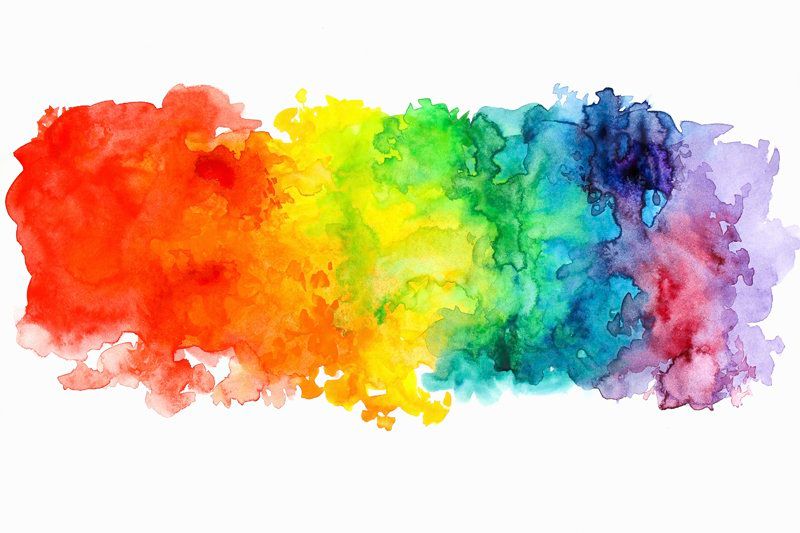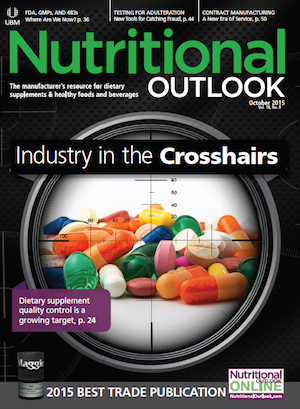Switching from Synthetic to Natural Colors? Here Are Your Challenges.
As natural colors become less of an option and more of a requirement for any health-conscious marketing campaign, what are the biggest challenges of making the switch away from synthetic?
Photo © iStockphoto.com/lutavia

The momentum behind natural colors has been building for a long time, but 2015 could go down as the year when it went mainstream. In the last year alone, some of the most recognizable U.S. brands, including Kraft Mac and Cheese, Trix Cereal, and Hot Pockets, have moved away from synthetic colorants in favor of natural alternatives.
This may be due in part to the “declining confidence” consumers feel toward many food brands as a result of a growing push for clean-label products, says Steve Morris, general manager of food colors North America at Sensient Colors (St. Louis). He adds that “kid-centric products” are at the heart of this push toward natural colors, as parents are among the most label-conscious consumers.
“Moving to natural colors can be an important piece of any brand-renovation effort, especially if you are trying to make your brand relevant to millennial moms,” says Morris.
But as natural colors become less of an option and more of a requirement for any health-conscious marketing campaign, what are the biggest challenges of making the switch away from synthetic?
Right from the Start
Perhaps the first thing to consider when making the move from artificial to natural colors is that natural colors “need to be considered at the very beginning of the product development cycle,” says Stephen Lauro, president of ColorMaker (Anaheim, CA).
“Natural colors are sensitive to heat. They are sensitive to light. They are sensitive to pH. And all of these parameters need to be considered at the front end of the product development cycle,” says Lauro.
The shelf life of a food or supplement may also take a hit once natural colors are brought into the equation. While artificial colors can last for several years, Lauro says to expect about one year with natural colorants, depending on the application.
Colored Supplements
It might seem easier to bring natural colors to a capsule or tablet than an actual food product, but “reformulating a nutritional product is just as difficult as the reformulation of a traditional processed food or beverage,” says Lauro.
When working with gelatin capsules, for instance, using just the right amount of natural colorant may be an issue. Too much color can cause the gelatin bonds to break down during heating and create a leaky capsule, while too little color can create a translucent capsule, says Lauro.
Compressed tablets can also be difficult to color evenly with natural colors. Natural colors tend to come in larger-sized particles than synthetic colors, often creating a “salt and pepper” appearance in tablets, with visible dots, rather than total homogenous coloration, says Lauro. Coated tablets may be one way to avoid this, but they can also be more expensive.
Worth the Cost?
Even with all the other challenges, the biggest obstacle to switching away from artificial colors may be the increased cost.
Natural colors cost about five times more than synthetic colors on average, and for some applications, such as confectionery products, it may be as much as 20 times more expensive than synthetic, says Peter Thorninger, senior vice president of sales and marketing, Chr. Hansen (Hørsholm, Denmark).
So for all the hassle and cost, is it really worth switching from artificial to natural colors? Definitely, says Thorninger. He points to Europe, where natural colors are far more prevalent than in the United States due to regulatory pressure and where the companies that benefited most from the color shift were those that moved early.
“The largest value to be gained of converting comes from taking a proactive market leadership position,” says Thorninger. He shares Chr. Hansen’s advice to clients: “Make the headline about how you have improved your iconic brand serving your consumers, before critical voices create the first headline for you.”
Also read:
Which Natural Colors Should FDA Approve Next?
Alas, More Spirulina Color Applications
Which Natural Color Is Hardest to Make?
FDA Approves Spirulina for Natural Blue Coloring

Prinova acquires Aplinova to further increase its footprint in Latin America
April 7th 2025Prinova has recently announced the acquisition of Brazilian ingredients distributor Aplinova, which is a provider of specialty ingredients for a range of market segments that include food, beverage, supplements, and personal care.
























